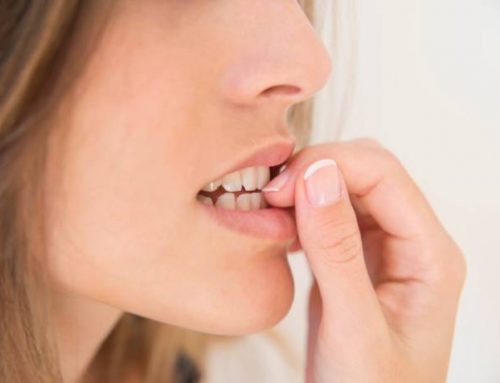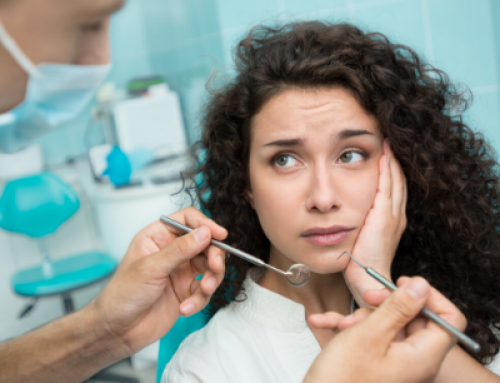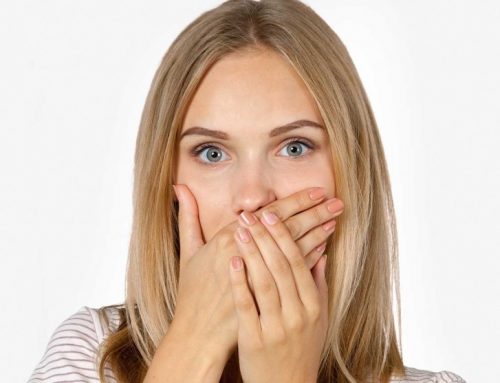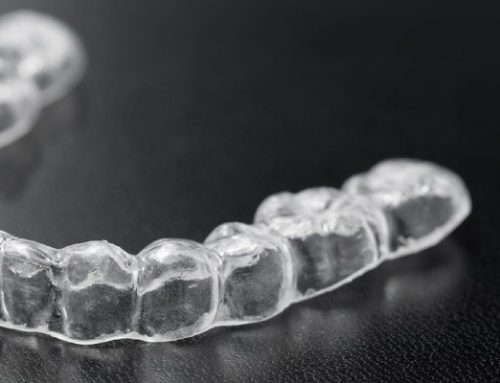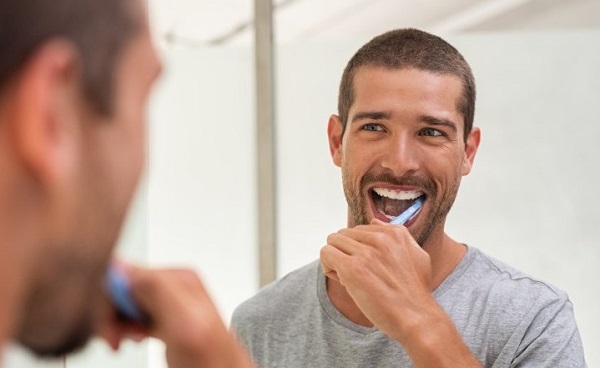 Think you are pretty good at brushing your teeth and keeping them clean? A scarily high percentage of adults in New Zealand are affected by gum disease in varying degrees – some estimate it’s as high as 80%, and poor brushing habits are a big contributor. So don’t join the statistics – take a look at our top toothbrushing mistakes and see if you can improve your routine.
Think you are pretty good at brushing your teeth and keeping them clean? A scarily high percentage of adults in New Zealand are affected by gum disease in varying degrees – some estimate it’s as high as 80%, and poor brushing habits are a big contributor. So don’t join the statistics – take a look at our top toothbrushing mistakes and see if you can improve your routine.
- Not brushing for long enough. We all know the “two minutes, twice per day” recommendation but the majority of us don’t consistently brush for this long. Two minutes is the recommended minimum time it takes to brush your tooth surfaces and gum line adequately.
- Not brushing twice per day. Yes, there are some people out there who skip the morning or night time brush. Once per day isn’t enough to adequately remove the food debris, bacteria and plaque build up that occurs every time you eat.
- Brushing at the wrong time. The ideal time is at least 30 minutes after eating. This is because your mouth becomes slightly acidic for the first 20 – 30 minutes after you eat, and if you brush during this window of time you run the risk of wearing down your enamel.
- Not flossing. We know it can feel like a chore but without regular flossing you miss cleaning 30-40% of the surfaces of your teeth. It only takes a few days for plaque and bacteria to build up on your teeth, leading to cavities and gum disease.
- Brushing too hard. Brushing harder does not make your teeth cleaner! Brushing too hard and/or with a hard-bristled toothbrush wears down your enamel and causes gum recession. This means your teeth are more vulnerable to damage and decay, as well as increased sensitivity and pain.
- Using too much toothpaste. Contrary to what you see in toothpaste adverts, adults only need to use a pea-sized amount of toothpaste. Any more is wastage.
- Storing your brush wrong. After brushing you should always rinse the bristles thoroughly and store your brush upright to air dry. Don’t store it in a container as bacteria love to grow in moist environments.
- We recommend replacing your toothbrush or toothbrush head every 3 – 4 months. A good way to remember is when the seasons change. Any longer than 4 months and the bristles will be frayed and won’t clean your teeth as effectively. Also, don’t forget to replace your toothbrush or toothbrush head after you have recovered from an illness to ensure that any viruses or bacteria are not lingering.
If you have any questions regarding how best to brush and protect your teeth and gums, talk to your dentist or dental hygienist. They can advise you on the right technique, products, warning signs to be aware of and anything else you may be concerned about.
